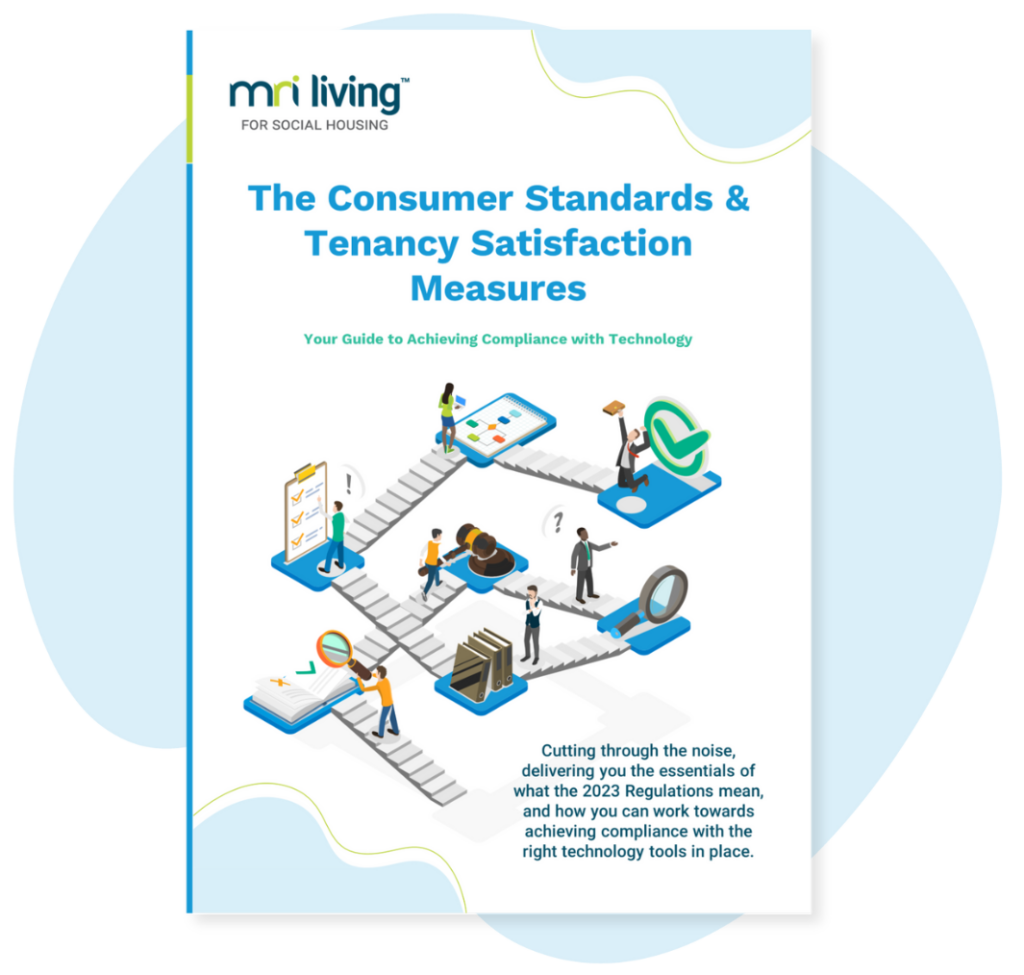Tenant Sustainability – Housing as a public health issue
Housing as a public health issue
Public Health is commonly understood as, “The science and art of preventing disease, prolonging life, and promoting health through the organised efforts of society.” In the UK, 20% of homes present a risk to their inhabitants, with the leading causes of ill-health in the home being the cold and falls. In 2015, it was estimated that poor and sub-standard housing was costing the NHS £1.4bn per year, statistics that pre-date even the Grenfell tragedy and COVID emergency.
Housing: Not just shelter
The UK has long documented and sought to improve the causal link between sub-standard housing conditions and poor health outcomes. In 1846, amendments to the ‘Nuisances Removal and Disease Prevention Act’ introduced the first legislated definition of unfit living accommodation to entrench procedures and responsibility upon landlords and developers and curb the spread of infectious diseases like cholera.
An unacceptable amount of the housing stock in England is unsatisfactory; up to a third fails to meet the Decent Homes Standard, with a failure to meet the thermal comfort criterion being the most common shortfall. The data and insights from our flagship product, HomeSwapper has shown that central heating is a leading concern for those looking to move house using our platform. In previous articles, we have explored the notion of ‘Housing as a Human Right’ and the links between ‘Housing and Happiness’. Understanding housing beyond bricks and mortar results in building better services and software for the sector and most importantly of all, the improved health and wellbeing of residents.
The impact of poor housing on physical and mental health is clear. In the UK, the most common effects include respiratory problems, such as asthma and lung cancer, injury from preventable accidents or fire, skin and eye irritation, hypothermia, and depression and anxiety. Health and housing are intertwined; housing may not be the sole cause of a person’s bad health, but poor housing will almost certainly exacerbate existing conditions, ultimately causing more networked costs to society.
“Our home is not just a dwelling place. It should be a place of comfort, shelter, safety and warmth; a place to raise family, welcome friends, and a springboard for all our other daily activities. In short it is the main setting for our health throughout our lives.”
Public Health Matters
A review of studies by Sheffield Hallam University showed that a failure to invest in improving health by providing safe, healthy housing ‘exports’ costs across services. Examples of exported costs include the excess energy used by inefficient homes that impact energy companies and the environment, as well as days lost at school and work by those living in cold, damp or overcrowded homes.
Exported cost: Damp
Damp homes pose a risk to health across the UK; in Wales 18% of homes are damp enough to be a risk to health. Dust mites and mould can exacerbate and cause allergic reactions and respiratory problems. Children growing up in these homes are twice as likely to suffer from coughs and wheezes than their peers in dry homes. For adults, social stigma, shame and depression have also been linked to living in damp housing. Thinking about poor housing and health in the context of exported costs helps prove the need for investment in those four walls. According to the NHS, every £1 spent in Wales on central heating is estimated to generate 42p in health benefits.
The cost of poor housing to the NHS
In 2016, The Building Research Establishment (BRE) calculated that accidents and diseases related to poor housing in the UK costs the NHS £1.4bn a year and a further £18.6bn to wider society. If the government were to release £10bn to address the 3.5million homes in England that pose a risk to public health, the investment would pay for itself in costs to the NHS alone within seven years.
Falls in the home due to prevention measures, such as rails and ramps not being installed are one of the leading reasons why poor housing can impact public health. As our ageing population grows, the 25% of ambulance call-outs for older people as a result of falls in the home is set to rise. What’s more, once in hospital older people use 65% more hospital days than others.
For the NHS, the gains that would come from further partnerships with housing providers is stark. For every £1 spent on adaptation in the home prior to a hospital discharge from a fall, £7.50 of savings are made across health and social care.
Bath falls in numbers
Number of Category 1 hazards: 78,132
Average repair cost per dwelling (£): 521
Total cost to repair (£): 40,679,153
Savings to the NHS per annum if Hazard fixed (£): 15,739,628
Payback years: 2.58
Local authorities have understood the NHS’s need for partnership and assistance to provide healthcare beyond hospitals and are embracing spaces where housing and health services are co-located. Housing providers already have a strong record for building wraparound services; there are up to four million social housing sector homes and 400,000 of them are supported or specialist units for those with extra care needs.
“More good research on the health gains that result from investment in housing is needed, but it also needs to be relevant to the context within which both housing and health practitioners work.
Case Study: Nottingham City Fund
Nottingham City Homes (NCH) wanted to make headway addressing health inequalities in their homes by bringing down the levels of childhood asthma in Central England – which has the highest level in the UK at 21%.
NCH undertook to replace 10,600 boilers, benefitting 21,200 of their residents. 28% of those residents were under 18. Following the installation of new boilers, the numbers of children suffering from respiratory illnesses halved. This example evidences how intervention can quickly improve physical and mental health.
“Housing associations provide a wide range of services that help alleviate the overall economic burden of ill health linked to a range of conditions.”
Housing provided by local authorities and registered providers is more likely to be of a decent standard and fit for human habitation then their private rental sector counterparts. In turn, typically those with more health or social care needs are housed within the social sector. More funding for existing homes and pressure to provide more social homes could build a healthier United Kingdom; “Our homes are the cornerstones of our lives. Without a good home, there can be no good health.”
The Consumer Standards and Tenancy Satisfaction Measures: Your Guide to Achieving Compliance with Technology
Cutting through the noise, delivering you the essentials of what the Consumer Standards and Tenancy Satisfaction Measures 2023 Regulations mean, and how you can work towards achieving compliance with the right technology tools in place. New regulatio…

